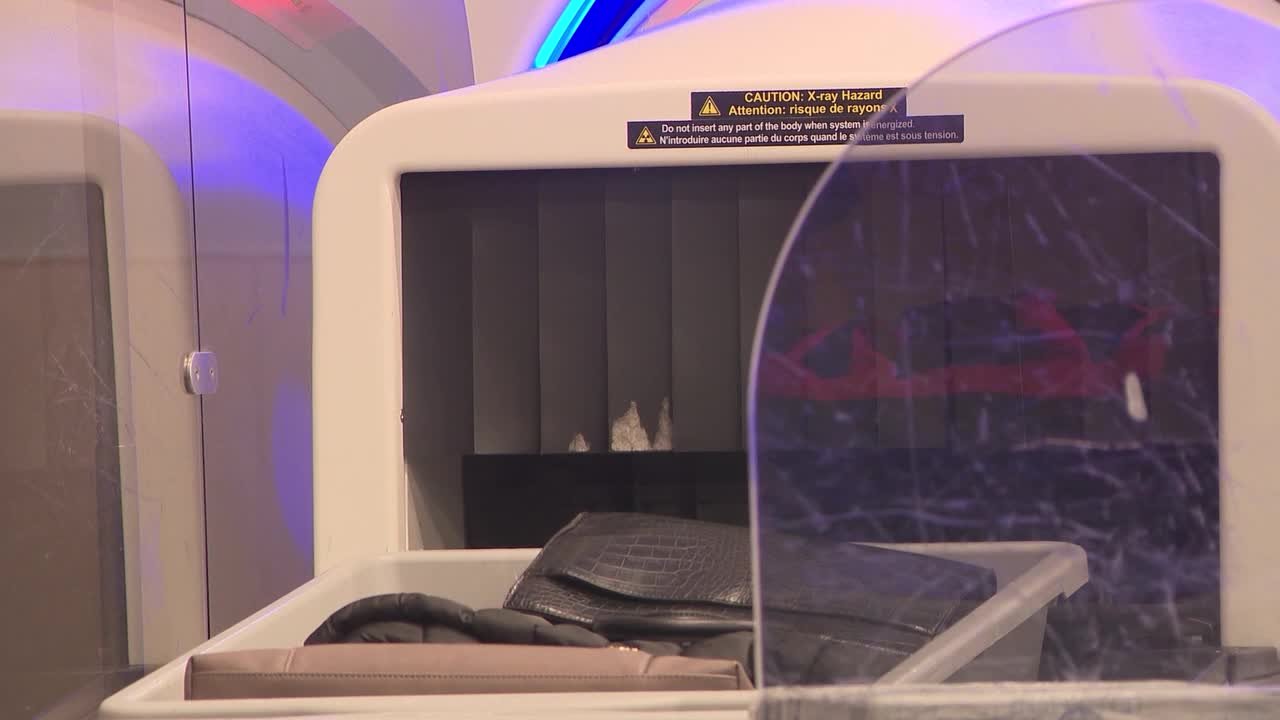
The Delaware Business Roundtable has issued its latest report on developing and retaining a talented workforce. The organization believes that greater collaboration between public and private sectors can help chart the course.| PHOTO COURTESY OF ADOBE STOCK
WILMINGTON — Delaware is at a crossroads when it comes to developing and retaining its workforce, and the Delaware Business Roundtable is pushing to create a new organization to address a long-term vision to chart a course.
The Delaware Investment Agenda, drafted by TIP Strategies for the roundtable, outlines needs for revamped training programs, new partnerships to strengthen talent pipelines and support for affordable housing to keep the state more competitive.
Chief among the recommendations is to establish a non-partisan and independent group, the Delaware Future Council, to advise the state’s leaders on how to take on challenges to long-term economic competitiveness.
“These are enormous issues that will take some time to solve. But one thing is clear: we need to work collaboratively on these issues that we seem to talk endlessly about,” Delaware Business Roundtable Executive Director Bob Perkins said. “Not only would the council continue to look at these issues on an ongoing basis, but also keep track of our progress.”
The Delaware Investment Agenda was unveiled on Tuesday afternoon at the Hotel du Pont, where scores of senior executives gathered for the Delaware Business Roundtable’s meeting. Created in 1981 at the suggestion of former Gov. Pete du Pont, the Business Roundtable aims to enhance the quality of life in Delaware by promoting commerce, job creation and select public policy issues.
Members of the non-partisan, volunteer consortium represent over 75,000 state employees.
The Delaware Business Roundtable has had notable wins in recent years, with perhaps none as important as the dissolution of the former Delaware Economic Development Office and the founding of the public-private Delaware Prosperity Partnership (DPP) to attract and retain jobs.
If the Delaware Future Council was established, it would follow the same first steps the DPP did. The governor would establish a task force to make recommendations on how the Delaware Future Council could be structured and funded. Ideally, a small staff would be hired to handle day-to-day work.
The council could enhance the state’s long-term competitiveness by supporting the Delaware Manufacturing Extension Partnership and other organizations in their efforts to develop financial and technical assistance programs. Ideally, it could also investigate future technologies like artificial intelligence and big data, to make it more accessible for small manufacturers.
Notably, Vermont and Michigan have created advisory bodies, the Vermont Futures Project and Growing Michigan Together Council, to help guide the state government through economic development matters.
Delaware’s gross domestic product has grown by 8% in the last six years to $75.2 billion in 2022. But like other states, Delaware employers struggle to find available workers as seniors keep moving here and young adults leaving the state. In 2021, 40% of Delaware residents over the age of 16 were not in the labor force.
Worker shortages are especially difficult in southern Delaware, where a growing number of retirees are relocating to be near the state’s beaches and to take advantage of favorable property tax rates.
The report also stresses the need to invest in programs to draw residents and business owners to the state, including creating new incentives for entrepreneurs, expanding technology commercialization opportunities at Delaware universities, investing in early childhood education, and supporting the development of workforce housing.
When it comes to southern Delaware, Perkins points to the need to create more opportunities for entrepreneurs to help drive more investment.
“There is substantial activity, just look at Rob Herrera and the Nylon Capital Shopping Center. But there needs to be expanding some more opportunities to companies in the nascent stages. Tourism is always going to be an enormous issue in southern Delaware because that’s one of the major assets we have there,” he told Delaware Business Times.
But with Delaware’s leadership set to turn over with the forthcoming gubernatorial election this fall, it remains to be seen whether the next person in the governor’s mansion would be inclined to follow recommendations for another public-private partnership.
The DPP was created by Gov. John Carney to attract and retain jobs in his first year in office, and since then, he’s touted that it supported the creation of 20,000 jobs.
“I think the facts speak for themselves,” Perkins said. “We have learned that the practice of economic development needs to be done collaboratively between the public and private sector. The DPP has been a tremendous success, and we need to continue to grow their efforts in terms of innovation and entrepreneurship.”
To read the full report, visit www.dbrt.org



























